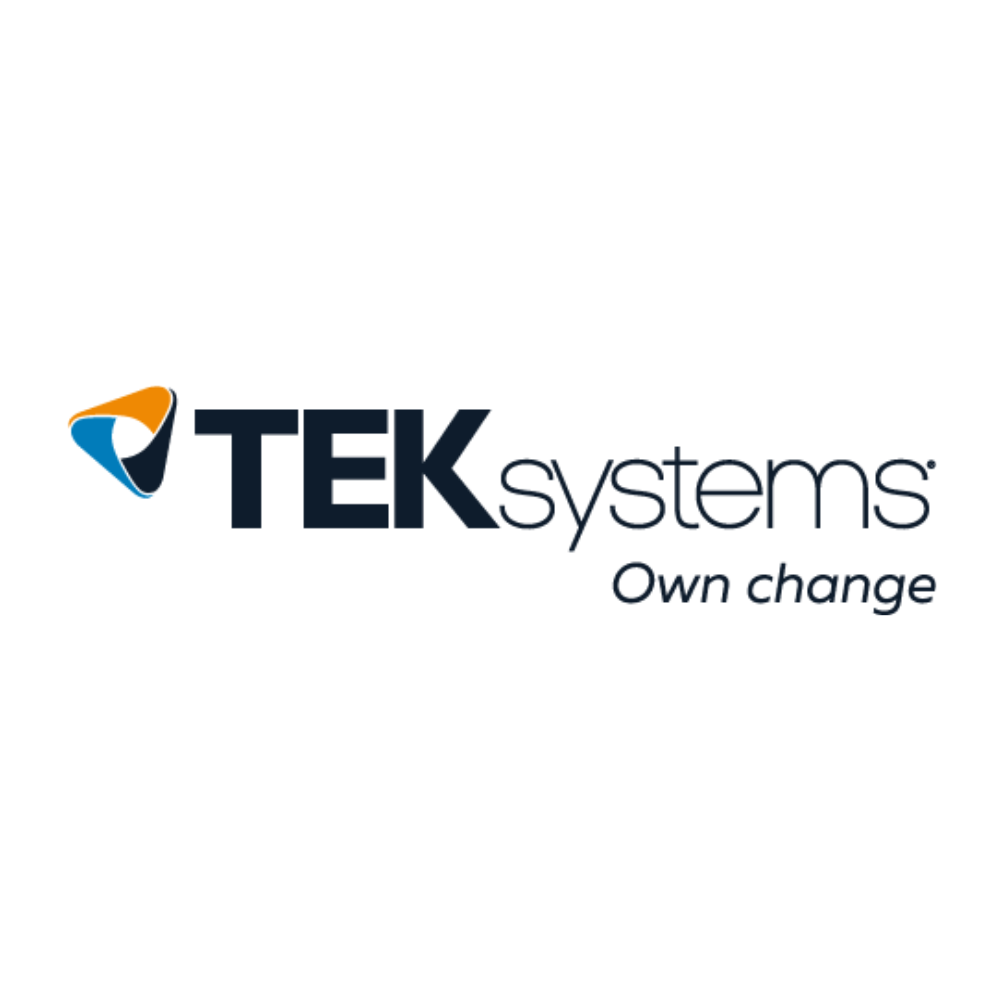Kathy Vogler, Communications Manager, Expedient Technology Solutions
I’m a member of a fantastic Dayton area technology leads group. We are homegrown and somewhat modeled after the very successful BNI group methodology. We cover technology from A to Z with one person representing each type of technology touch. We are all “in technology” these days and we cover a large swath of technology with much of it residing in Gray Areas.
So exactly what is a Gray Area?
A gray area is an often-used analogy to the area of color that exists between black and white, complete opposites. To an artist, gray areas result from ambiguity and rich variations that naturally occur in our environments. It’s been said that the ability to see and think in gray areas is a basic element of intelligence. A price can be expensive or cheap, but the gray area will determine if it’s a reasonable price or a good value. It’s hard to categorize gray areas because often they are unique. I saw this and it is a perfect example: A boat is like a canoe and a kayak without technically conforming to either of those categories. Complex systems, like technology, are literally too complex to model easily.
Are you a Boat or a Canoe?
Who says they are in technology? Everyone. Not picking on any particular industry, because most people I know are really awesome people, but unfortunately, there are people who believe they can sell anything to anyone. Do they say “I am a seller of a specific business product or service”? Nope, these days it may sound something like “I work in business technology and help people manage and reduce costs.” And, while this is probably true, it falls into the gray area of technology. Competition is fierce in nearly every business. COVID took a toll on our traditional methods of working. Remote and hybrid working changed things immediately and for the future. Supply chain issues are mounting and making us rethink our strategies. It’s wise for all companies to look deeper into technologies to add to their repertoire. Often, non-technical companies in the traditional sense will acquire a technology team that compliments their existing services and salespeople are compensated for promoting and selling these newly added technologies. The logic is that it’s all technology since everything plugs into the network. I believe it’s critical that we always reflect our actual services and resources to our clients to avoid potential failures on their networks. Businesses completely depend on their technology. There are experts in all areas of business technology, from one extreme to the other and including all of those gray areas.
What exactly is business technology?
Simply put, business technology is any form of technology that is integrated directly into the operation of a business. Twenty years ago, when I took a job at a technology company, it was fairly straightforward with infrastructure/hardware at one side of the building and programming/software at the other. Gray area at that time was if your company did both. As our reliance on the internet grew, so did the complexities of technology. Ironically, the dot-com bubble burst at about that same time, but progressive-thinking companies survived and flourished. Voice over IP originated around 1995 and grew to become a business standard. Video communications, fax sharing, integration of copiers and door alarms all made our work experience more efficient by using the internet.
And of course, the introduction of the indispensable grand champion of smartphones (thank you Steve Jobs) changed it all. Social media arrived, the cloud became a go-to resource, we no longer stored our data on portable files that someone took home, and disaster recovery become a must-have business plan. Additionally, we have artificial intelligence, commercial drones, driverless vehicles, virtual reality, the Industrial Internet of Things, cloud and collaborative robots, and digital everything. We must never forget that cybercriminals evolve along with these changes.
To quote Pink Floyd “It could be made into a monster if we all pull together as a team.”
I mentioned I was part of a technology networking group, and this is how we work together, as a team. Yes, we have a ton of overlap, and I don’t want to use the term “cooperative competition,” but in our group we each fill predetermined roles and truly help each other. By doing this, we are collectively helping our clients and the Greater Dayton region with skilled resources in every aspect of technology.
Here are our group’s categories:
- · Data integration
- · Office hardware/software
- · Managed IT services (this is my spot)
- · IT coaching
- · IT staffing
- · IT promotional video
- · Structured cabling
- · Website and digital marketing
- · Fiber optics telecommunications
- · Copier and managed print services
- · Telecom/phone systems
- · Trade association education (this is Technology First’s spot)
- · Training and coding
- · Cybersecurity
- · Hardware OEM
- · Robotics
- · Software testing
- · Virtual reality
It’s an interesting mix and we have a ton of overlap with lots of gray areas to cover. But the plan with this thought process is that by working together we provide transparency and the right resources for our collective clients. I took a quick look at “cybersecurity” and that one category all by itself has nearly as much gray area as the rest of technology. It seems we live and work in the Gray Zone.
If you ask me what my company does, I will tell you “We’re a cybersecurity-focused managed IT services company.” Sure, we do a lot of other things too, but I think this is a very black and white statement and hopefully easy to understand. Technology First is the embodiment of this strategy with a mission to connect, strengthen and champion our IT community. Area businesses, and all their employees, will succeed and continue to grow if they are using the right technology resources for their needs. Let’s all be a part of that success as it ripples through our community.














.png)




